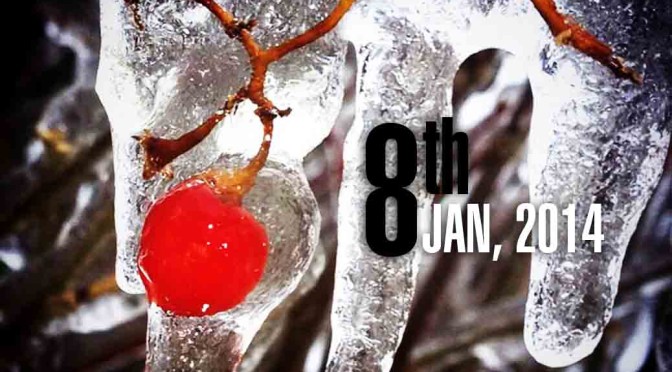By Anupum Pant
Ice Kills
Everybody knows what extremely low temperatures can do to our body. If you aren’t well protected from the cold, unable to retain the heat, the core temperature of your body may drop below 35 degree C and can cause some serious problems, even death.
At even lower temperatures, ice crystals can form in the tissues and puncture blood vessels. Ice crystals may even squeeze, deform and break cells. Otherwise it can leave behind shrunken and destroyed cells by sucking out water from them to form ice. Probably leaving you with a permanently damaged body part.
Due to ice formation inside the cells, this disastrous structural damage that is caused in human bodies, or most other organisms is unavoidable. We were not built to endure horrendous cold. But there are a few organisms who are built to live, or if I may say, die and then live again in extremely cold temperatures.
Meet the Wood Frog
Wood frog, a small variety of frog found in north america is one such creature. You ask what’s so interesting about them?
It is probably one of the most freeze tolerant beings. In other words, extracellular freeze tolerance and intracellular freeze avoidance enables the frog to do what it does.
Well, when it is really cold out there in the Arctic circle or the upper parts of America, they can freeze themselves for weeks, even for months. It does this by first finding out if it is really cold out there. When it touches the first bits of winter snow, a signal sets off in its body and the signal starts the blood freeing process.
All the water is pulled away from the core of its organs and the water gets frozen. Putting all the organs in a shell of solid ice. The whole frog becomes hard as a rock and sits there like that for weeks. Till it sees the spring time.
The most amazing part is that, during this time, the frog doesn’t breathe, its heart stops beating and even kidneys stop functioning. In medical terms it could be called dead. In reality, it is only temporarily dead.
Just like a dead man – without a hear beat – walking.
And then spring comes. It thaws itself out without any cellular injury and starts jumping again. It dies in winter and comes back to life in the next season.
This is probably how carbonite from Star Wars works.
Hit the like button if you learnt something today.






